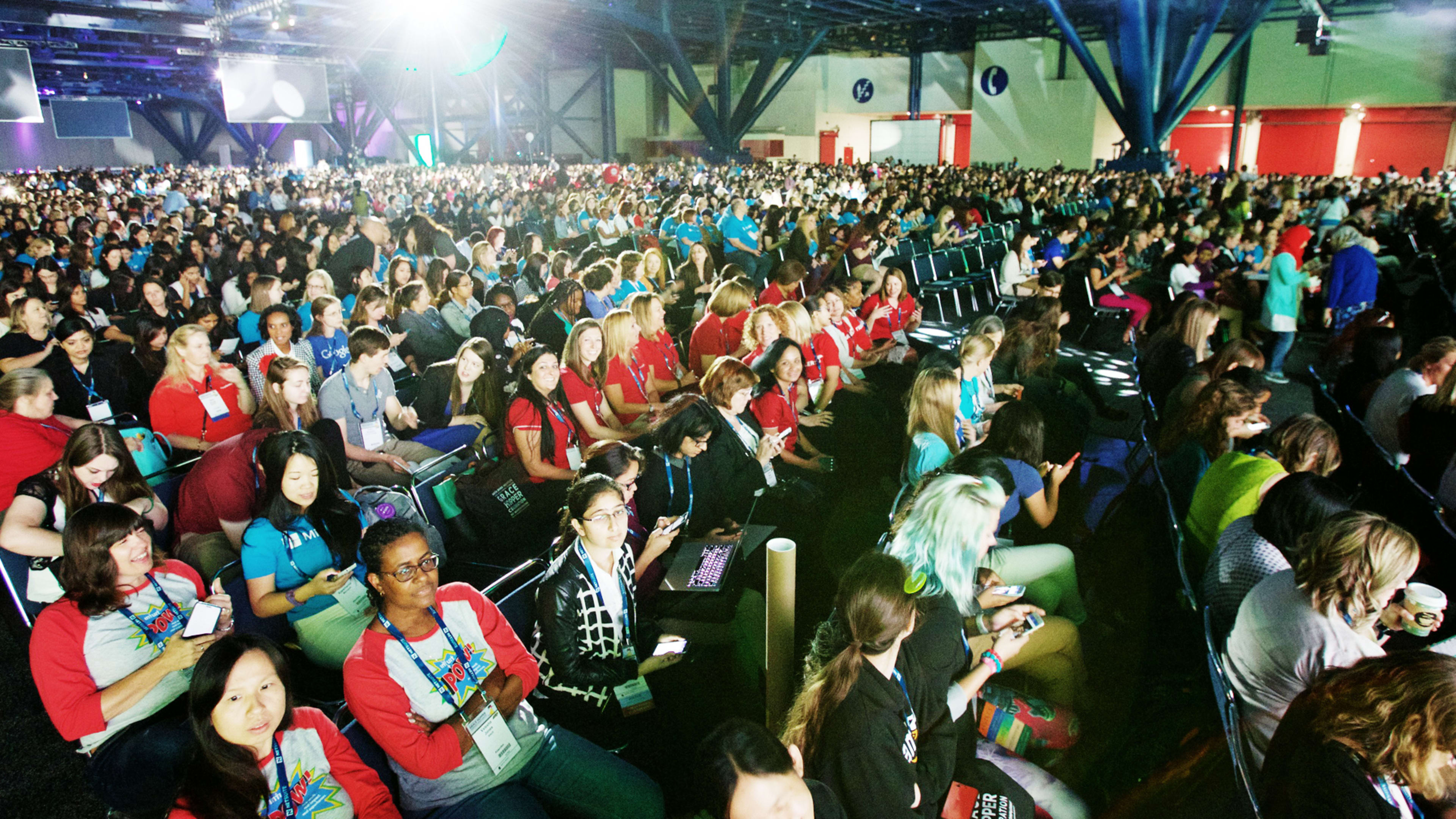“This is the best room in the world!” Hilary Mason, the founder of data and machine learning R&D group Fast Forward Labs, yells enthusiastically as she walks on stage at the Anita Borg Institute’s Grace Hopper Celebration of Women In Computing.
She’s facing a block of neatly lined chairs that stretches the length of more than a football field. Most of those chairs are full, and—remarkably, for a technology conference—most of their occupants (93% of the 12,000 attendees) are women.

The unusual gender ratio makes for an atmosphere that is tangibly different from other tech conferences. The business card trading, panel discussions, and conference food are all the same. There’s no giant pink banner that shouts “This is a safe space for women!” But there are a million subtle cues that together create a palpably different environment.
As Mason launches into a talk about machine intelligence, her shoulder-length curly hair brushes against her microphone, and a man in a black shirt rushes on stage to fix it. Mason shrugs. “Curly hair girl problems,” she jokes. The audience laughs knowingly, and Mason continues talking about data science. It’s a comfortable moment, and one that’s hard to imagine seeing on stage at SxSW, which typically feels like a networking blitz hosted at a frat house. “It’s hard to say specifically and factually what it changes,” Mason tells me later about speaking to a crowd with more than just a few women, “but it changes the feeling of the room. It changes the way it sounds when people laugh. It changes the fact that I’m not the only one freezing all the time in the convention center.”
You need only speak with the few men at Grace Hopper, who comprise 7% of the crowd (up from 6% last year), for confirmation that these differences are powerful. “I’ve never before had to think about being the only man in the room,” Ben Augarten, a software engineer from Twitter, tells me later.
Telle Whitney, CEO of the Anita Borg Institute, addresses him and the other men in the audience during her opening speech. “Welcome to our world,” she says.
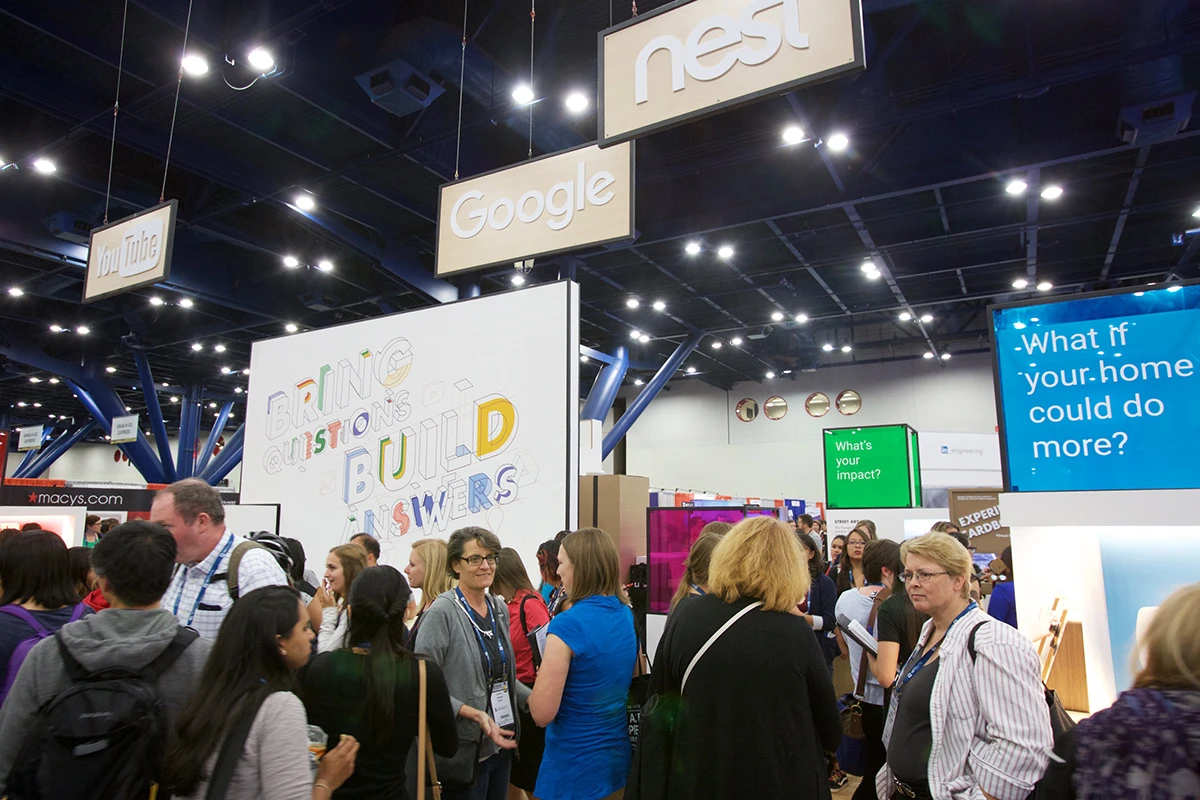
For years, technology companies actively hid the extent of their diversity problems—going so far as to block FOIA requests by arguing that the gender and race makeup of their workforce was a trade secret. Behind the scenes, these same companies scrambled to find ways to increase diversity.
Google, for instance, created workshops to encourage women to nominate themselves for promotions, offered longer maternity leaves, and made sure women interviewing at Google interviewed with women. Microsoft created “mentoring rings” to give its women more guidance from senior leaders. In 2008, a Harvard Business Review report highlighted 14 “innovative programs” targeted at increasing the representation of women in science, engineering, and technology. There were plenty of hackathons and dinners for women in tech, scholarships, and sponsorship of International Women’s Day.
What went unacknowledged was the extent to which the problem remained unresolved.
Then, in 2013, a Pinterest programmer, with the company’s approval, wrote a blog post that revealed 90% of its engineers were male. Google, Twitter, Facebook, Microsoft, Yahoo, Amazon, Apple, and LinkedIn followed suit in 2014, posting their dismal diversity numbers publicly. Transparency became the expected norm.
With these disclosures came promises to evolve, the appointment of chief diversity officers, and a whirlwind of new programs and initiatives aimed at recruiting and retaining people from underrepresented groups.
But as far as numbers go, little has actually changed over the past few years. According to the Bureau of Labor Statistics, the representation of women in computer and mathematical operations is slightly worse than it was in 2010 (it has improved somewhat for underrepresented racial and ethnic minorities). The same is true for the more specific field of software developers.
This is a business problem. Companies are struggling to hire engineers, period, and not maximizing half of the population’s talent doesn’t help. Research suggests diverse teams make better decisions and, ultimately, more money, and women control the majority of household spending. A lopsided gender ratio does not bode well for making the most profitable design, marketing, and product decisions.
Transparency is a move in the right direction but by no means a solution. Intel, for instance, first made diversity numbers public more than a decade ago, and its U.S. gender ratio is almost exactly the same as it was in 2010. Companies that have made progress since disclosing their numbers in 2014, meanwhile, have done so only minimally.
Attention toward diversity in technology companies has never been more intense. And perhaps nowhere are technology companies’ efforts to address part of this problem–their low numbers of women–more visible than at Grace Hopper. This year 148 companies, 57 academic institutions, and 22 labs, government, and nonprofit organizations came to recruit from a pool of about 7,000 women who work in technical roles and about 3,600 students. The conference is so much the center of the women in tech discussion that when companies outline their diversity efforts on promotional websites, it often gets a specific mention.
As the adage goes, the first step is admitting you have a problem. A year after companies finally owned up, I went to the conference to find out: What’s next?

Grace Hopper’s swag bags bulge with efforts to reach and hire the women who are gathered here. Among trinkets and flyers from more than 50 companies: a cheap white plastic compact mirror from State Farm insurance; a blue plastic nail file from Nationwide; TripAdvisor-branded lip balm; and headphones from both YouTube and Spotify. Rackspace includes hammer stickers (“Got glass ceilings? We don’t”), and Walmart promises on a pamphlet to “de-bro-gram” the industry. At some point, as my phone battery putters, I fish from the bag a Yelp-branded charging cable that I connect to a Juniper Networks charging plug.
Recruiters began contacting Grace Hopper attendees months ago, and many of them will host a constant rotation of preliminary interviews—conducted in a block of navy-curtained makeshift booths–throughout the conference.
Because people who work at tech companies are primarily white and Asian men, they tend to know networks full of white and Asian men, which means it is easiest for them to hire white and Asian men. To widen its pool, Facebook has piloted a requirement to interview at least one qualified candidate from an underrepresented group for certain positions (Twitter has a similar pilot). Google has embedded engineers at historically black colleges as professors. Intel doubles its referral bonus to employees who recommend someone from an underrepresented group. Efforts to widen this pool are also partly why, despite setting aside 325,850 square feet of space for the career fair, the Grace Hopper conference has sold out of sponsor space at the event for the first time in its history.
“Let’s hire all female interns this year,” muses a recruiter to her partner during a lunch break. The pair has just finished inventorying the swag bag, and concluded that it is the best swag bag of all the many career fairs they attend.
Jamie Hand, a senior at Middlebury, has plopped her taco bowl down next to them and is listening with polite interest. All of the senior women in her computer science department made the trip to Grace Hopper (which is less impressive when you realize that, in this case, that’s four people). “I’m not sure about that,” she tells the recruiter about her wish to stack the intern class with women. It doesn’t seem fair to her.
The recruiter’s joking demeanor dissolves, and she adopts a sudden maternal seriousness—what’s unfair, she says, is how much the deck is historically stacked for men. “It is so easy to hire men,” she tells Hand. “Everything flows that way.”
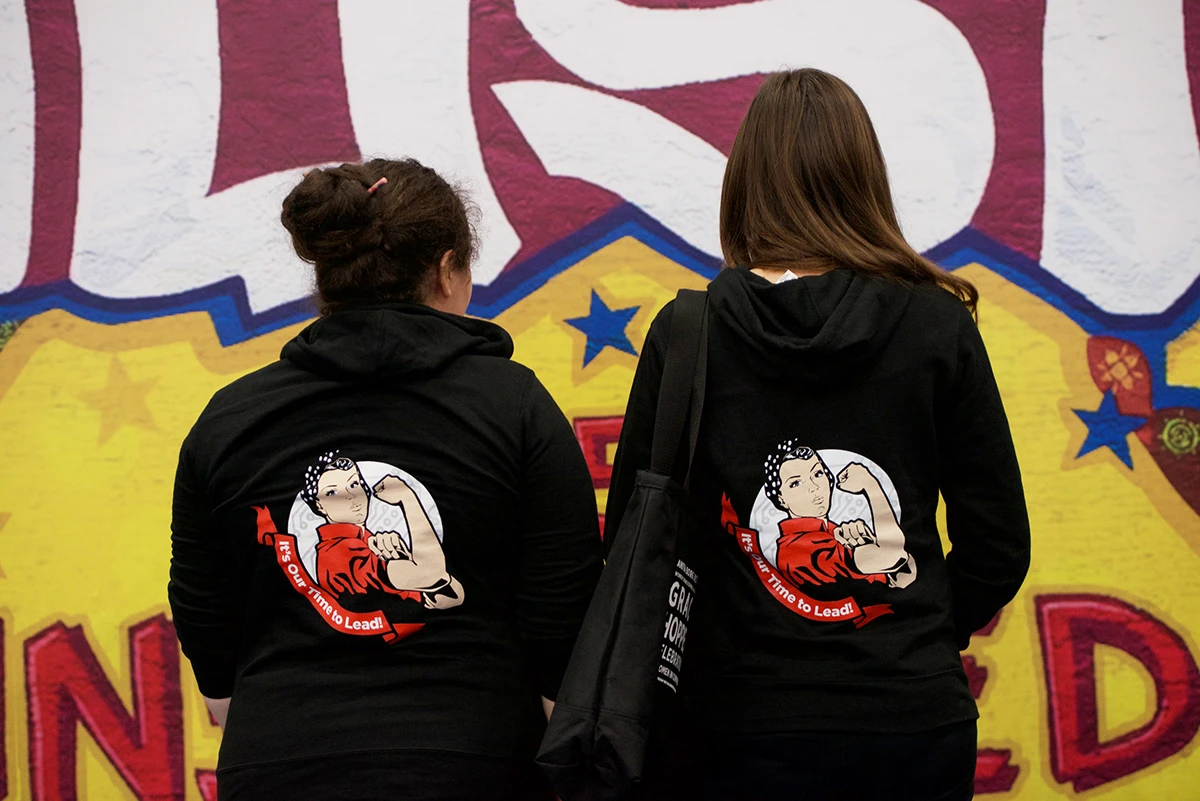
An alien with no information about society or history (or perhaps a male professor of computer science at Yale in 1999) might look at the dearth of women in technical fields and think something like David Gelernter did when he published this sentiment in an argument against affirmative action: “If women aren’t being kept out of science by force, they must be choosing not to enter, presumably because they don’t want to; presumably because (by and large) they don’t like these fields or (on average) don’t tend to excel in them, which is nearly the same thing.”
But we know better (I contacted Gelernter to see if his thinking had evolved in the last 16 years as well, and he defended his stance on affirmative action but did not respond to this quote specifically). We know, for instance, that both men and women associate STEM fields more strongly with men. We know women are less likely to receive credit for their contributions. We know women are more likely to be given negative feedback on their personality—abrasive, strident, aggressive—by both male and female supervisors. And we know that in a study in which science faculty were given the same resumes with male and female names, they thought the men more competent and offered them a salary $4,000 higher.
If there’s a root cause behind women’s underrepresentation in tech—one that contributes to the leaky pipeline, the non-inclusive culture, and the retention problem–there is convincing evidence that this is it: implicit bias.
Unfortunately, bias hasn’t created just one problem that can be neatly repaired. Instead, it has struck the pipeline like the scattershot of a musket.
“There are all these holes all over the place,” says LinkedIn’s director of engineering growth, Erica Lockheimer, who runs the company’s engineer-driven women in tech initiative as 20% of her job. “And we’re trying to plug them here,” she plops her hand on the table to indicate an imaginary leak, “and here and here and here.”
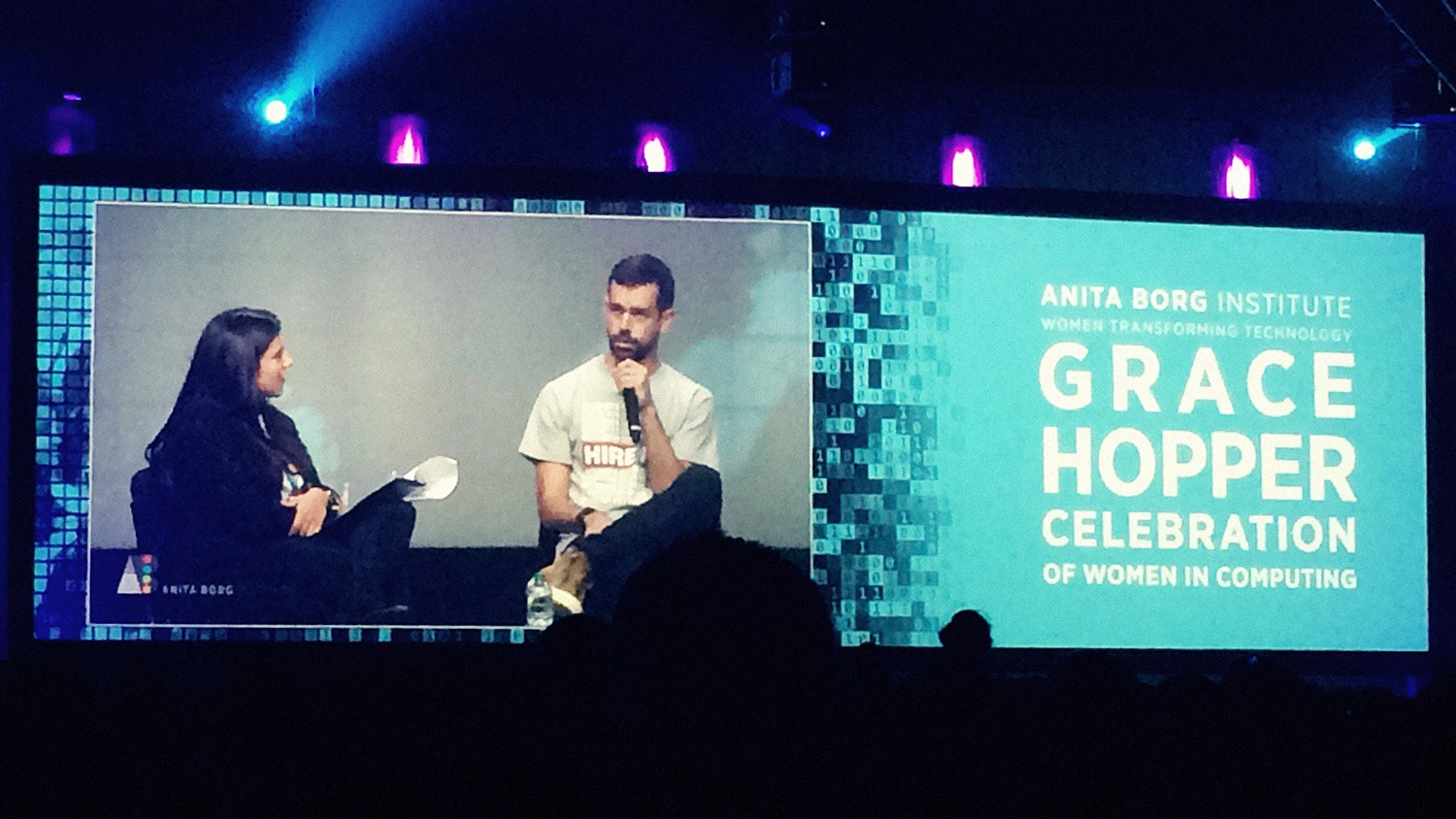
It’s been 10 days since Jack Dorsey was named the CEO of Twitter, two days since Twitter laid off 8% of its workforce, and one day since his payments company, Square, made its initial public offering prospectus public. Still, he’s made it to Houston to participate in a panel about “Fixing the Leaky Pipeline” with Chelsea Clinton, the vice chair of the Clinton Foundation, and Maxine Williams, the global diversity director of Facebook. He’s wearing a “Hire Me” T-shirt (which comes off as a bit ironic) to support a new effort from Girls Who Code, whose CEO, Reshma Saujani, moderates the panel.
Dorsey has had, to put it lightly, a very fast-paced few days. Showing up itself is a message about the importance of Grace Hopper, and by extension, gender diversity. Square has not released diversity numbers but has several women in key leadership positions; of the tech companies who make diversity data public, Twitter has one of the lowest rates of women in technical roles. Dorsey insists, however, that he values a diverse workforce.
“Any time you bring together diverse perspectives, it just creates a bunch of potential that you weren’t really expecting,” he offers.
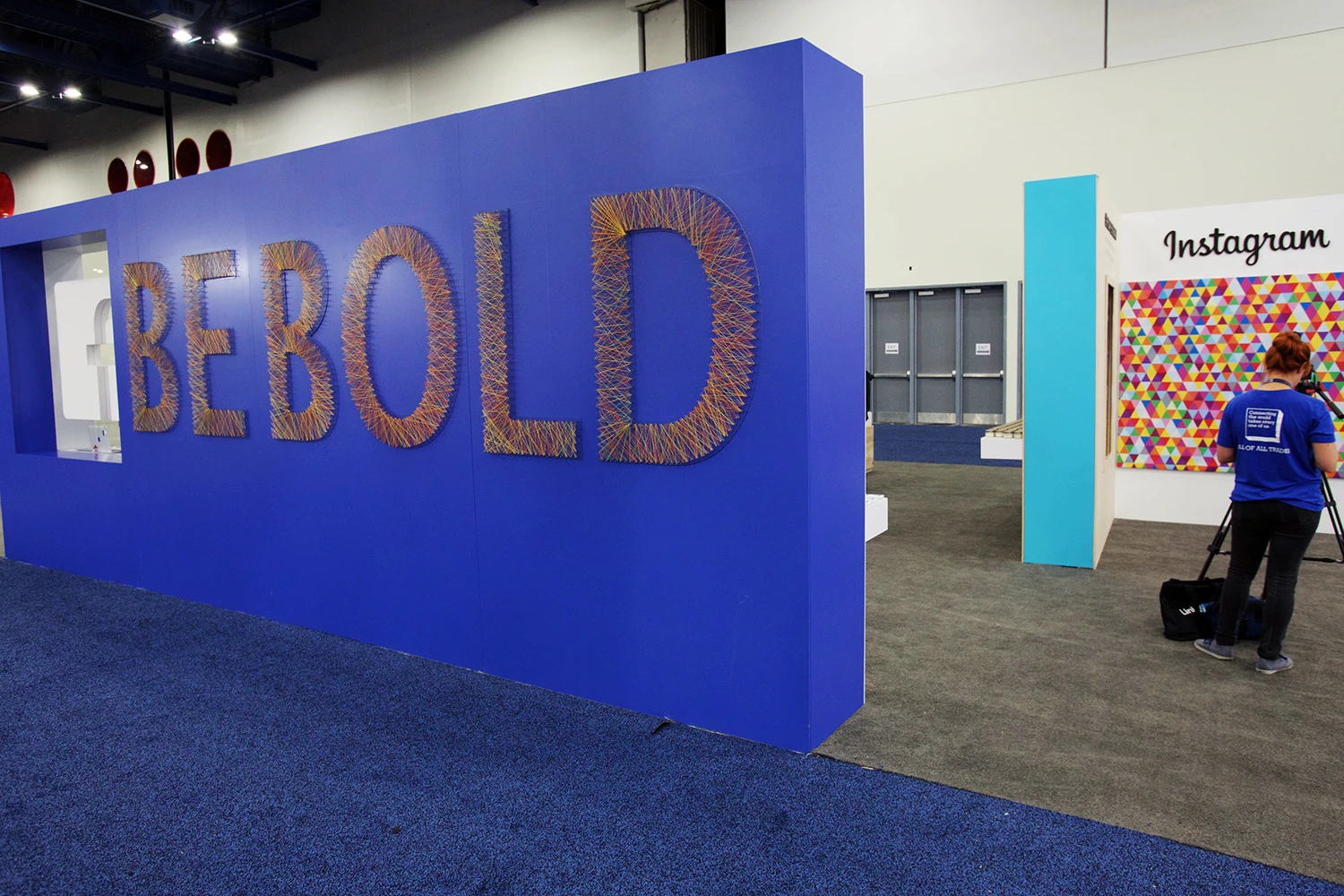
Even as men like Dorsey and women like Facebook’s Williams speak about efforts to bring more women into tech, the industry remains a challenging place for the women who are already there. Women who work in science and tech are 45% more likely to leave the industry than their male peers. Nadya Fouad, a researcher at the University of Wisconsin-Milwaukee, surveyed 5,300 women who graduated with engineering degrees between 1980 and 2010 to figure out why they were leaving in droves. Those who left, her research showed, reported less manager support and were less likely to feel as though they had fair opportunities for advancement. “We wanted to show, are they leaving or being pushed out?” Fouad says. “Our data shows they were being pushed out.”
The damage this culture has caused is evident at Grace Hopper. During the Q&A that follows Dorsey, Clinton, and Williams’s panel, a young women takes the microphone: “I have not a question, but a suggestion,” she says, her voice already starting to crack. “This summer, at my internship, I found the interns did just as much damage to people from underrepresented backgrounds as their teams and their bias supervisors. If we’re talking about implementing policy and implementing bias training, we need to start early. And teach the interns.”
It’s painful to hear the struggle in her voice. “I hope you take this back to Facebook, Square, and Twitter, and teach them what bias is and how you hurt the people around you.”
The room bursts into applause.

“We just wanted to come up to you and tell you that we loved your talk so much,”a college student from India who has flown in to attend Grace Hopper tells Mason, the woman who gave the opening keynote.
Mason, who in her keynote described herself at her first Grace Hopper in 2002 as “a shy and quiet student who hid in the back and was afraid of asking questions,” is clearly touched, but unaccustomed to having these fan-like encounters.
“Could we by any chance get a picture with you?” the girl’s friend sheepishly asks Mason.
Mason, though she may not be used to rock star treatment, is clearly a rock star: the kind of senior leader that many companies would like to hire. That would be true whether or not she were a woman. But even if she weren’t already building her own company, she would be unlikely to join company with no women or minorities in leadership roles. “Nobody wants to be the first woman on a tech team,” says Sara Chipps, the co-founder and CEO of a company called Jewelbots that makes programmable friendship bracelets for girls. “I’ve been there, I know others who have been there, and it’s awful.”
Women drop out of companies at every level of technology, but the disparity in the rate at which they drop out at the top is more jarring. Mason and Chipps didn’t leave tech, but they did leave established tech companies to start their own. That’s awesome for the world, but bad for the tech companies who want to hire them.
“Women at the senior level are beacons for other women,” says Elizabeth Ames, the Anita Borg Institute’s senior vice president of marketing, alliances, and programs. “If you go interview at a company and there is nobody at the senior level who looks even remotely like you, is that a place where you think you’ll be comfortable or able to achieve?”
So lest their swag, speakers, or the giant displays under which they collect resumes be missed, companies have also upped their female presence on the ground at Grace Hopper. Microsoft sent 800 employees. Linkedin brought 100 women, up from 40 last year and 20 the year before. Symantec (with Veritas, which has been operationally independent from Symantec since October 1) brought 215 women, up from 25 the year before. Under a sign that says “Hello from HQ,” Facebook has posted photos of the women on its teams. Many of the real, in-person versions are parked in front of the sign, talking with young recruits. Macy’s posts a sign that says, “26% of our engineers are female,” which in this industry still passes for impressive.
It’s a dilemma: Hiring women in leadership positions is key to promoting diversity across the company. But many women eligible for leadership positions understandably don’t want to work in non-diverse cultures.
I ask Mason about this—would she do it? Would she consider a job with a bunch of white dudes? “No,” she laughs, because the answer is obvious. “Maybe they’re screwed and it’s a problem they created. But if it were a great work environment, they’d be able to attract a diverse workforce.”
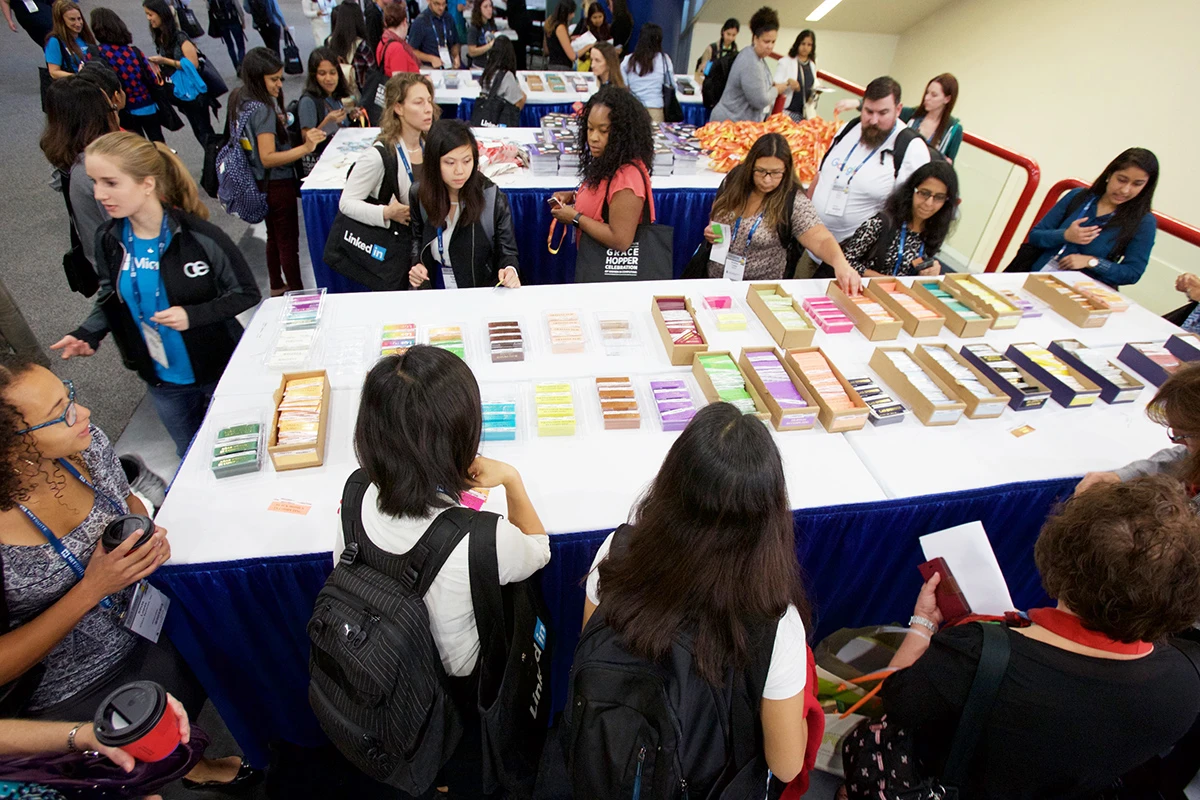
So how can a company attract a diverse workforce without diversity?
Tech companies have tried to fix the pipeline: to partner with organizations like Girls Who Code, demonstrate that computer science isn’t only for boys, change Hollywood’s portrayal of scientists. They have tried to fix some leaks in the pipeline: to create mentoring and networking opportunities for women in their companies, give scholarships to women in computing, and create engineering-led task forces. They have tried to fix their hiring practices: to change the places they recruit, reword job descriptions, and increase referral bonuses to reward diversity. They have tried to fix their culture: instituting implicit bias training, creating programs like a pilot from LinkedIn called “inclusivity training.”
But they have yet to land on a solid second step.
On webpages outlining diversity efforts, sponsoring ten women to attend Grace Hopper or Promotion of International Women’s Day (both nice!) are still listed as serious efforts.
When Forbes asked Facebook’s Williams about the movement to promote diversity across the industry, she told him, “I don’t know that there’s a movement happening across the industry.” A conversation? “Yes, but that conversation only happened when the results got released, which for us was a non-event, because by the time the results got released, we were already in this movement internally.”
On day two of the conference, I attend a panel called “Retain and Advance Your Top Talented Women Technologists: Three companies share studies about programs with proven results” with hopes of clarifying the question of what efforts to recruit and retain women are working.
There are four panelists. One is an former executive of Microsoft named Lauren Antonoff (she is now at GoDaddy) who, without any budget, started a program to support women within the company who were candidates for a “managers of managers” role. “We had a clear goal,” she says, “and the goal was to increase the representation of women in this specific role.” Four of the women in the pilot, about as many as were in this role overall before the program started, ended up being hired to be managers of managers before the it ended. Shortly after, two more were promoted to the role. Microsoft has since expanded and formalized the program.
Another pair of panelists co-founded PWC’s program for women, Women In Technology (WIT), which started as a grassroots effort and now includes mentoring programs, meetings highlighting technology solutions and leaders, events and forums, speaking opportunities, and recruiting events. About 1,400 people participate in one way or another. The fourth panelist, Molly Gantz—a talent and development director at Thompson Reuters—speaks about a development program for high-potential women called Leadhership1.
All three programs are impressive (especially those that launched despite the lack of a budget), but I still can’t help seeing them as small drops in enormous buckets.
Other companies, like Intel, have commendably devoted hundreds of millions of dollars to diversity programs—but even those efforts feel somewhat token when you consider the billions of dollars of revenue these companies pull in.
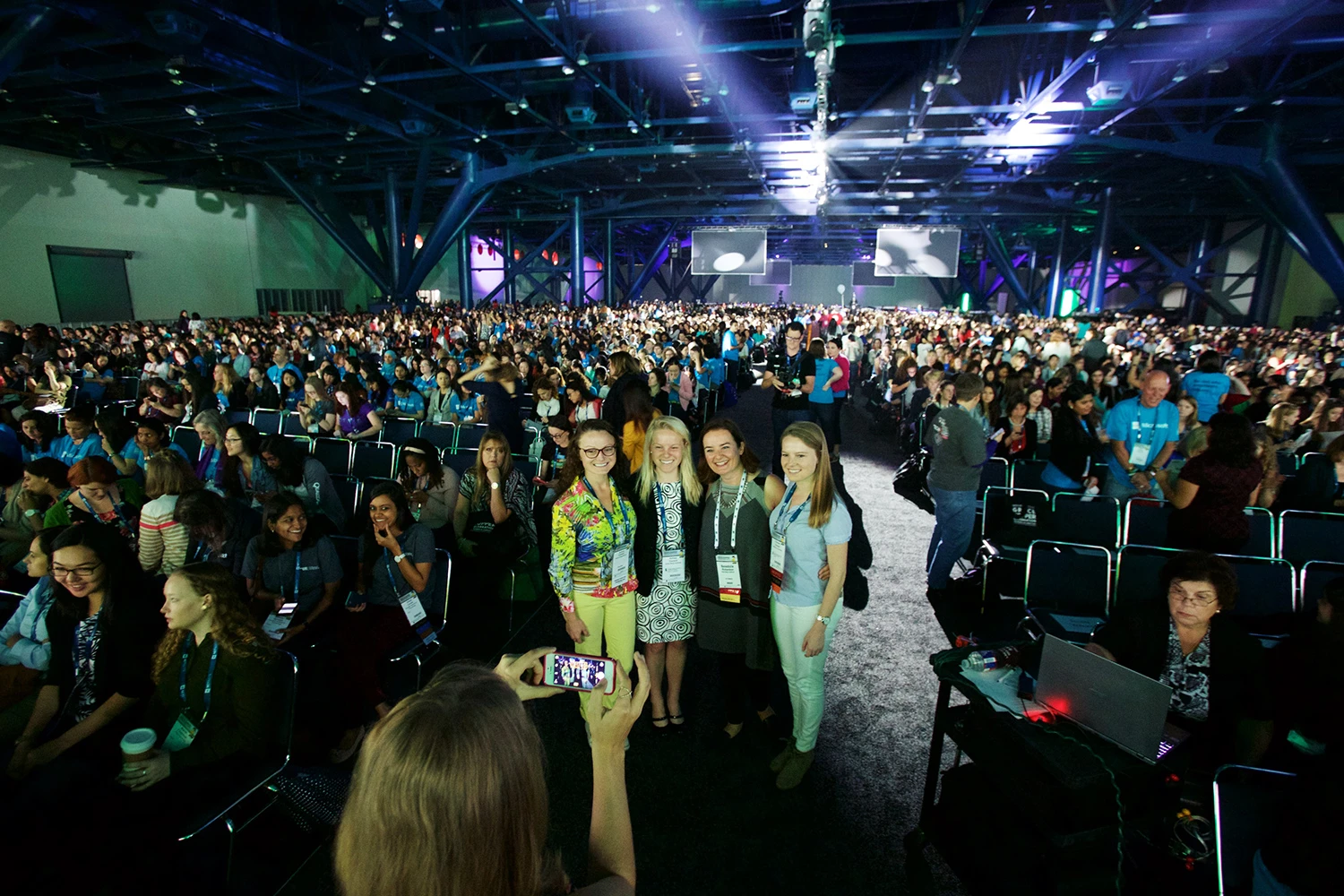
At many companies, diversity efforts get lost in the day-to-day pressure to deliver. “Diversity is a sub-goal for most companies,” says Jim McKelvey, the cofounder of Square, who now works on an apprenticeship program called LaunchCode that places programmers with unconventional credentials at more than 300 companies. “The first job is to get it done. So if the company needs a work product, and the people who could do that work product are all, pick whatever stereotype, let’s say they’re a bunch of white guys. If that’s what’s going to get it done, that’s what’s going to get done.”
“That’s short-term thinking” McKelvey continues. “Because if you build a monolithic group, it will result in homogeneous thinking. And it’s not as durable as a culture that includes a lot of diversity. But it’s hard to graph that value in an emergency situation. You just need someone who can write this Java applet, and somebody comes in; you don’t care what they look like.”
Clear goals are one way to firmly connect diversity to long-term business interests and engage managers in the process. “In business,” says Cecily Joseph, Symantec’s vice president of corporate responsibility and, as of two years ago, its chief diversity officer, “you make goals around everything that’s important. If you don’t make goals, you won’t do it, and it’s not important.”
Publicly, Symantec aims to “increase the diversity of its workforce, at all levels within the company, by 15 percent by 2020.” Internally, it started with an ambitious short-term priority to have a board composed of at least 30% women. As the board began its search for open seats, they considered candidates who had not been CEOs and didn’t report to CEOs to avoid automatically limiting the number of candidates who were from underrepresented groups. In October 2013, the company added two qualified women to its board and met its goal. Now, it has set a similar internal goal to raise representation of leadership at Symantec to 30%.
Smaller companies, which can more quickly change the makeup of their workforce as they grow, are more easily able to demonstrate the power of treating diversity as a goal-oriented business objective. The most ambitious example I found at Grace Hopper was ThoughtWorks, a company of about 3,500 employees across 13 countries that specializes in software consulting, delivery, and products. In 2010, when it had about 1,500 employees, it set a goal of enrolling 50% women into its onboarding process for new hires directly from college, a six-week program hosted in India.
But ThoughtWorks had the same problem as everybody else: Only 18% of computer science graduates in 2010 were women.
What made it easier for ThoughtWorks to meet the goal was that it considered candidates with nontraditional credentials. Biology students, for instance, often had some exposure to code through their classes. Like many computer science graduates, they might not be versed in the specific languages they would need for the job, but, as with the computer science graduates, that could be fixed. After the six-week introduction course, new hires are enrolled in a coaching and mentoring program for two years.
With this approach of considering unconventional credentials, the company successfully made its 50% goal the first year. Throughout North America, 34% of ThoughtWorks’s technical roles are filled by women. Last year, 40% of all new hires were women.
ThoughtWorks’s program was driven by a desire to build better products and to hire for technical roles in a competitive environment, but its goal of filling its training program with 50% women helped formalize inclusivity. “At the end of the day, women in computing have to see a path and feel they belong there,” says Joanna Parke, the company’s managing director in North America. “It’s fuzzy and hard to quantify.” But the goal, she says, “set a clear message that we were serious about it. The other thing it did is force us to get creative. You can’t just post a job and expect to meet it.”
Pinterest, Intel, and Twitter have also set diversity goals publicly. Most other large tech companies have not and weren’t weren’t willing to discuss why.
Here are responses from the few who would discuss it: “One thing diversity gurus would say is important when thinking about recruiting is to think about diversity of (job candidates) as opposed to only outcomes of the process,” says Lisa Dugal, the diversity leader at PWC. “The overall goal is get more diversity. Which of those two levers you focus on will give you two different mindsets and outcomes.” LinkedIn (which this year made comparatively large progress when it saw women’s representation in technical roles increase 1% and in leadership roles increase 5%) sends me a statement that says, “While we are looking to extend the diversity of our employee base, interviews are ultimately based on merit. We do not set requirements related to diversity.” And with regard to specific goals, “We aim to build the best teams that are comprised of a diverse makeup, but we do not approach this goal with any set hiring quotas.”
Some types of goal-setting can be counterproductive. In a study published in the American Sociological Review in 2006, researchers looked at the diversity programs at more than 708 companies and concluded that diversity reviews, in which managers were given a formal rating every year for success in promoting diversity, had positive effects for white women but negative effects for black men (diversity training also backfired). “We think that incentives determine what people do on the job,” says Frank Dobbin, one of the study’s authors, “but incentives can turn people off by sending them the signal that they have to be bribed to do something they otherwise might do naturally.”
But goals don’t need to be quotas. Between 1995 and 2004, IBM increased its representation of female executives worldwide by 370%. Former CEO Lou Gerster said in a case study by the Harvard Business Review that the driver of the company’s success at expanding its diversity was that “we made diversity a market-based issue.”
“We did not set quotas,” he said later in the article, “but we did set goals and made people aware of the people in their units who they needed to be accountable for developing.”

“So. You sparked a global conversation and dragged this elephant in the room into the light,” begins Nora Denzel, vice chair of the Anita Borg Institute Board of Trustees, who is interviewing Facebook COO Sheryl Sandberg onstage at Grace Hopper. Sandberg’s book about the challenges women face at work, Lean In, was loved, hated, and, most helpfully, widely discussed after it was published in 2013. More than 24,600 people in 126 countries have registered for small peer-support groups on its website.
“Everything is wonderful, except for one thing,” continues Denzel. “The numbers aren’t moving.”
Sandberg doesn’t miss a beat when presented with this awkward question, the new elephant in the room. “No problem has ever been solved by thinking we can’t solve the problem,” she says. “So of course we can solve the problem.”
The rest of the interview is peppered with polished anecdotes, jokes, and data that she has delivered frequently during other media appearances: Women who are more successful tend to be less liked. Men who are successful tend to be better liked. Little girls aren’t bossy, they have executive leadership skills.
But toward the end of the talk, Sandberg goes off-script.
“Stay in tech,” she says to Grace Hopper’s attendees. “Stay in tech. Tech needs you. Facebook needs you, Google needs you, Microsoft needs you. We all need you. ”
Despite her position as the de facto spokesperson for the issue, the COO of Facebook doesn’t have all the answers to tech’s diversity problems, either. She looks into what is quite possibly the largest crowd of women in computing ever gathered, and she pleads.
Related: How To Start Fixing Tech’s Diversity Problem
[Photos: Steve Maller, courtesy of Anita Borg Institute]
Recognize your brand’s excellence by applying to this year’s Brands That Matter Awards before the early-rate deadline, May 3.
